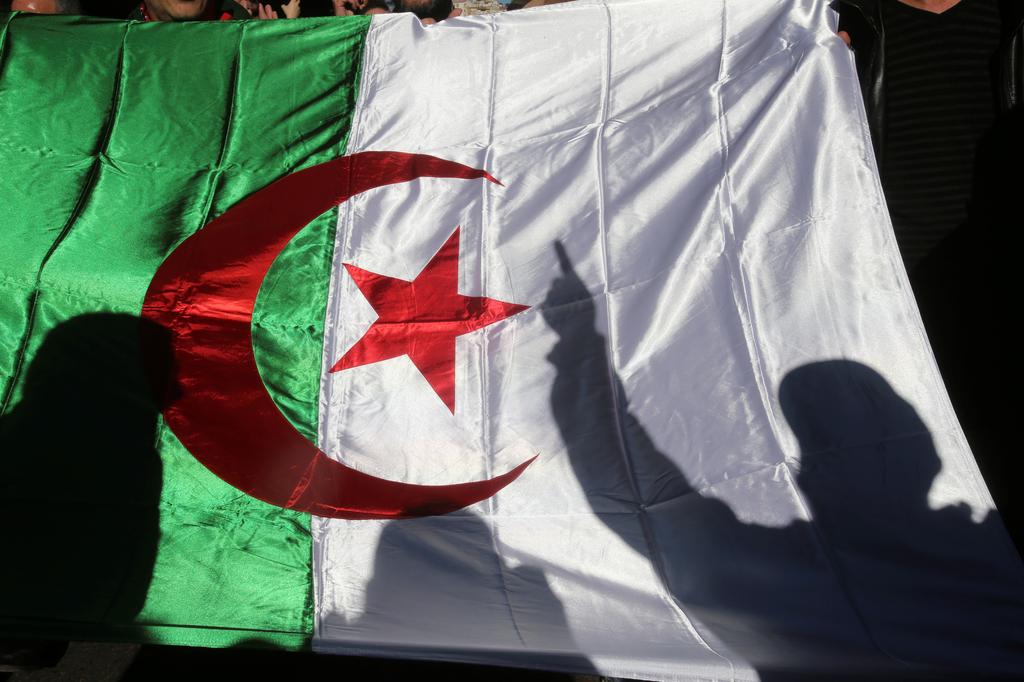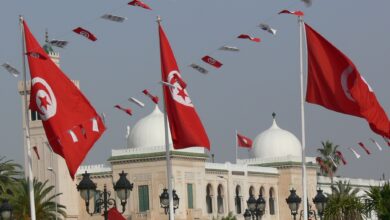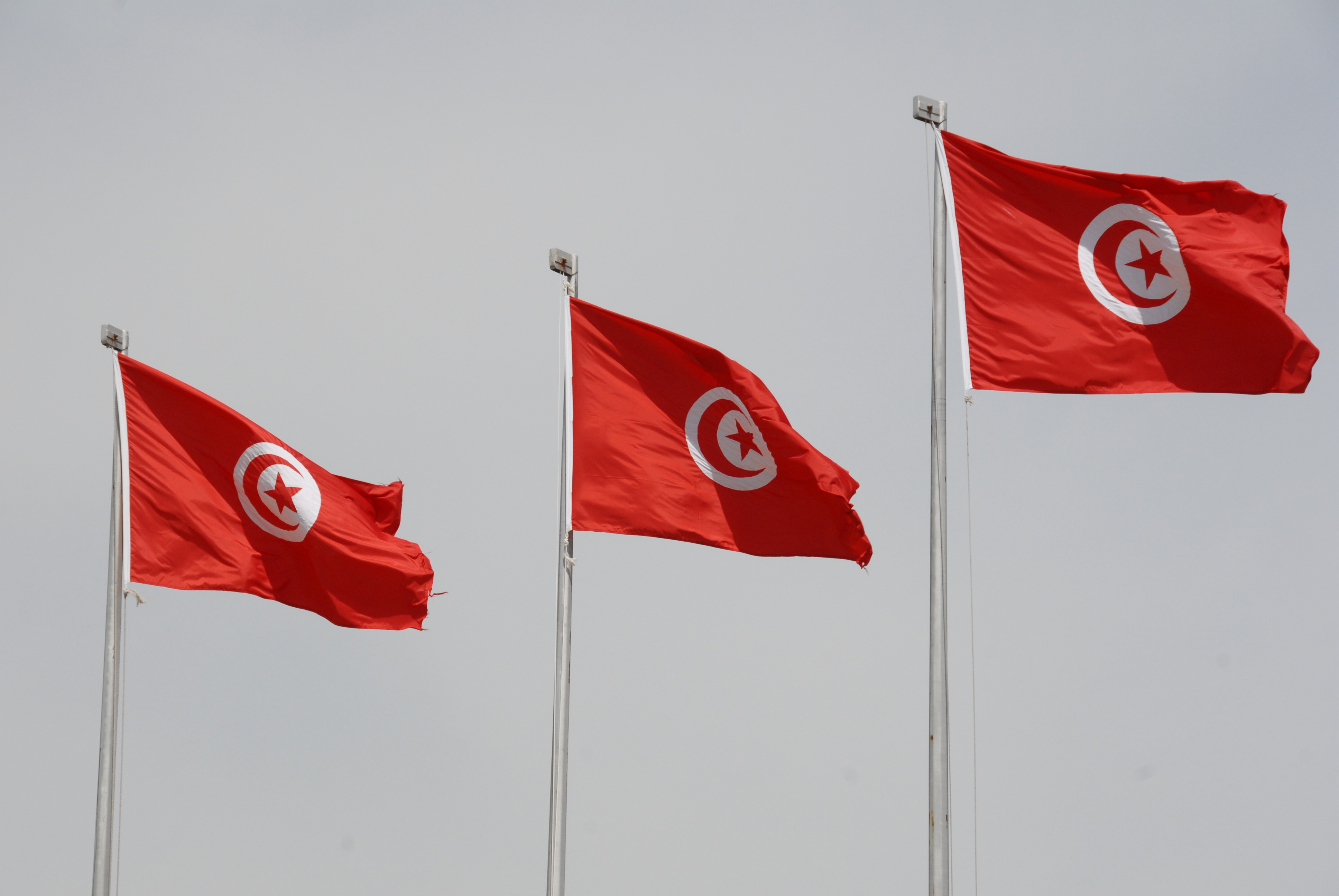If you went to Tunis, where the so-called Jasmine Revolution succeeded in ousting President Zine al-Abidine Ben Ali, you would not find a single jasmine tree in the street. Nor would you see protesters holding jasmine in their hands.
They prefer to call their uprising the “Dignity Revolution” or the “People’s Revolution.”
“I prefer ‘People’s Revolution,’” said Ibrahim Bu Derbala, a lawyer. “We smell jasmine when we are calm and resting, but now we are fighting.”
“The French called it Jasmine Revolution,” said Khaled Kawbaa, head of the Tunisia Internet Association. “What’s important is to remember those who lost their lives in it.”
Aziz Amamo, an activist who was arrested in the uprising and later released, preferred to call it the “Windflower Revolution.” “It is a red flower that symbolizes the blood of the martyrs,” he said. “If I had to choose another name I would go for ‘Dignity Revolution.’”
Nafea al-Aribi, a lawyer, said Jasmine Revolution is a user friendly and attractive term. “What happened deserves a greater name,” he said. “We have toppled a regime and now we are demanding political changes.”
Jasmine is planted only in Carthage and Al-Hammamat where the rich live, said Rashida Terkhani, an elderly woman who took part in the uprising. “The poor areas plant figs and cactus,” she said.
Translated from the Arabic Edition.




